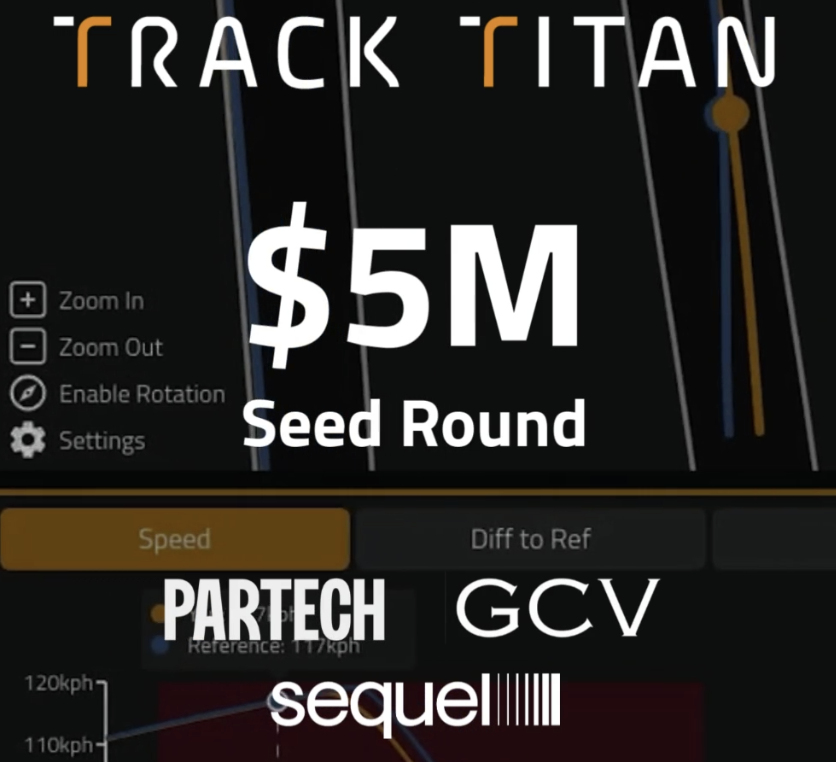Understanding and Setting Up Toe in Sim Racing
Sim racing has evolved into a highly competitive and authentic form of motorsport, requiring a deep understanding of vehicle setup to gain an edge against your competitors. Among the critical setup parameters, toe plays a pivotal role in determining a car's handling characteristics and overall performance.
In this article, we will explore the importance of toe settings in sim racing, how they influence a car's behaviour, and how to set them up effectively.
The Basics of Toe
Toe in sim refers to the angle at which the wheels are aligned relative to the vehicle's longitudinal axis. It is measured in degrees and is a crucial aspect of the suspension setup. Typically, drivers can adjust toe settings in most racing simulators, allowing them to fine-tune their vehicle's behaviour on the track.
Understanding the Impact of Toe
Stability and Handling
Toe has a direct influence on a car's stability and handling. There are two primary toe configurations: toe-in and toe-out.
- Toe-In: This setup involves angling the wheels slightly inward toward the centre of the car. It increases straight-line stability, making the car less prone to wandering or oversteering during acceleration or braking. However, too much toe-in can negatively impact cornering performance and responsiveness.
- Toe-Out: Conversely, toe-out aligns the wheels slightly outward. This configuration enhances cornering agility and responsiveness, making it easier to initiate turns. However, excessive toe-out can lead to instability during acceleration and can cause unpredictable handling.
Tire Wear
Toe also significantly affect tire wear. Incorrect toe angles can lead to uneven tire wear patterns, reducing tire longevity and compromising overall performance. For example, excessive toe-out can cause the outer edges of the tires to wear prematurely, while excessive toe-in can result in excessive wear on the inner edges.
Setting Up Toe in Sim Racing
- Baseline Setup
Most sim racing games provide baseline setups for each car. These setups are a good starting point for drivers, especially beginners. Baseline setups are typically balanced to offer reasonable performance characteristics across various tracks. However, they may not be optimised for specific conditions or driving styles.
- Experimentation
To fine-tune toe in sim racing, drivers should experiment with different configurations. Start with the baseline setup and make incremental adjustments to toe angles. Pay close attention to how the car responds to these changes during practice sessions. Try both toe-in and toe-out to see which one aligns better with your driving style and the track's characteristics.
- Consider Driving Style
The choice of toe should align with your driving style and preferences. If you prefer a more stable and predictable car, a slight toe-in setup might be ideal. On the other hand, if you're looking for greater responsiveness and agility in corners, a slight toe-out setup could be more suitable. Your choice may also depend on the specific track and race conditions.
- Balance and Fine-Tuning
Setting up toe in sim racing often involves finding a balance between stability and responsiveness. There is no one-size-fits-all solution, and drivers may need to make trade-offs based on their driving style and the track. It's essential to monitor the car's behaviour and make adjustments accordingly.
Toe is a fundamental aspect of vehicle setup in sim racing, with a significant impact on a virtual car's handling and tire wear characteristics. By experimenting with toe angles, considering driving style, and fine-tuning the setup, sim racers can optimize their vehicles' performance, handling, and overall competitiveness. The mastery of toe angle adjustments is not only a technical skill but also an art that adds depth and realism to the immersive world of sim racing, enhancing the overall experience for enthusiasts.




.png)





















